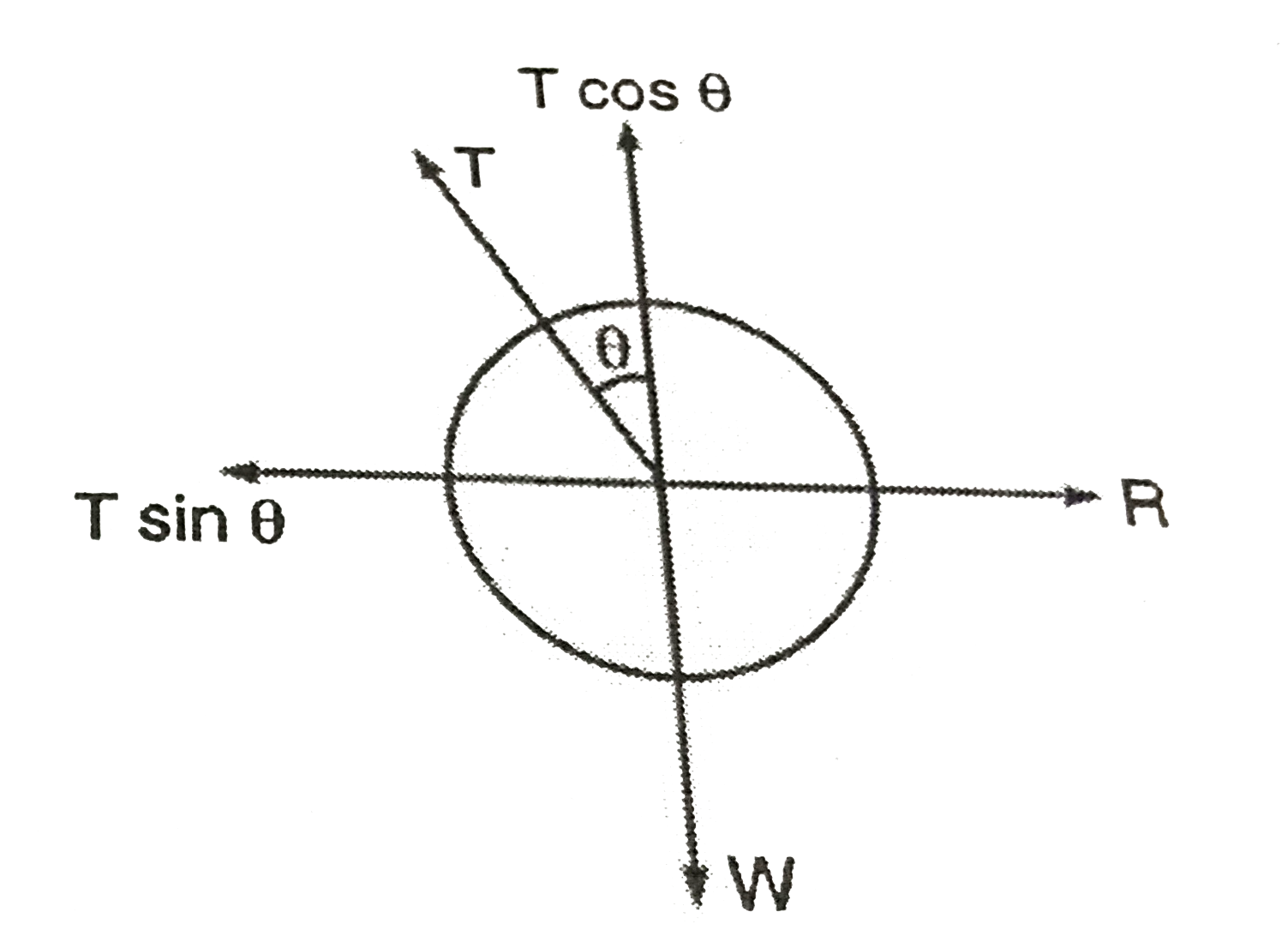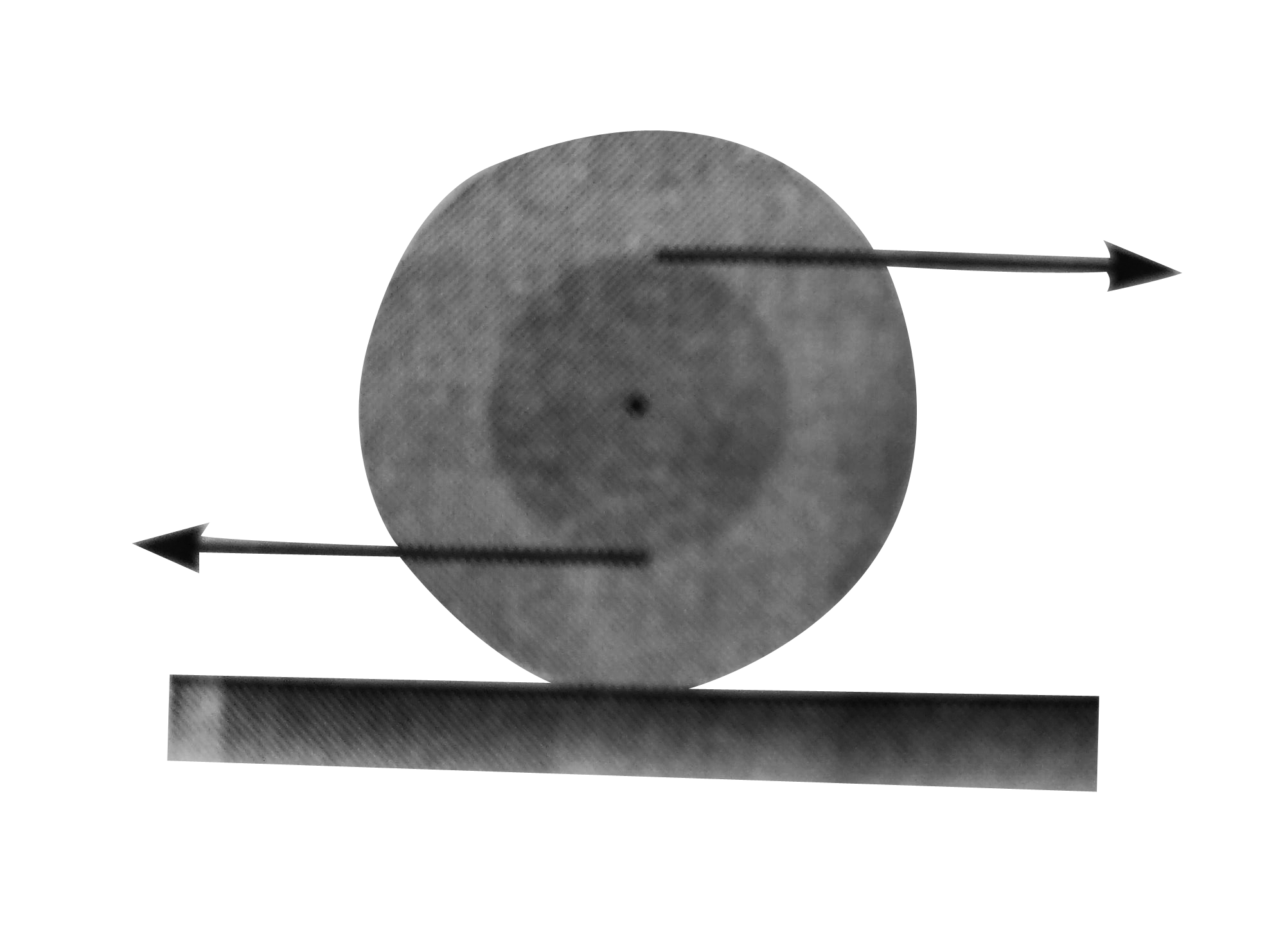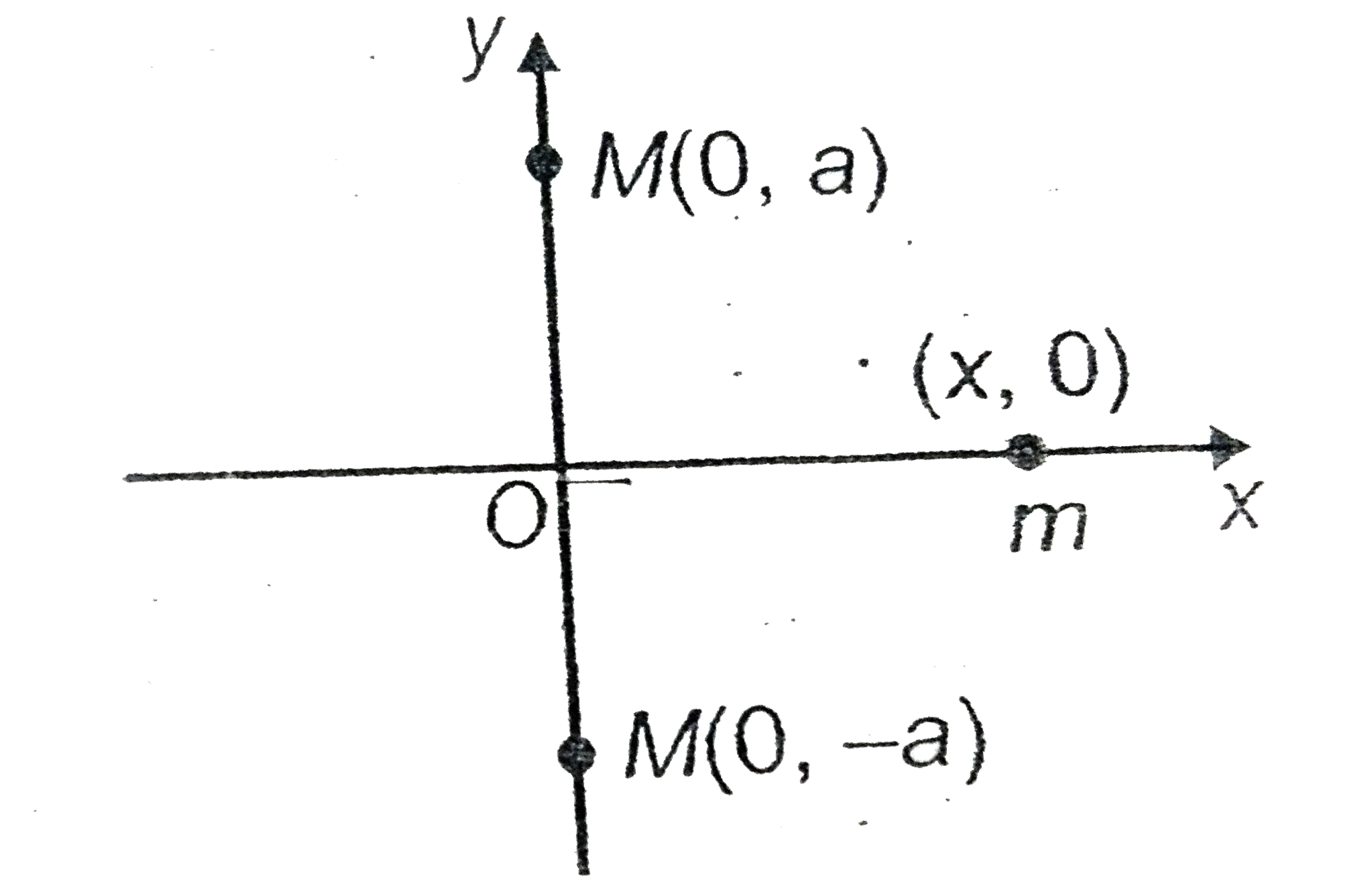Two small spheres of equal mass, and heading towards each other with equal speeds, undergo a head on collision external force acts on system of two spheres . Then which of the following statement is correct ?
Their final velocities must be zero
Their final velocities may be zero
Each must have a final velocity equal to the other's intial velocity.
Their velocities must be reduced in magnitude.
The correct Answer is:B
To solve the problem, we need to analyze the situation of two small spheres of equal mass colliding head-on with equal speeds. Let's break down the steps:
Step 1: Understanding the Initial Conditions
We have two spheres, A and B, each with mass m. They are moving towards each other with equal speeds v. Therefore, the initial velocities can be represented as:
- Velocity of sphere A, vA=+v
- Velocity of sphere B, vB=−v
Step 2: Considering the Collision
Since the spheres are colliding head-on, we need to consider the nature of the collision. The problem states that an external force acts on the system, but it does not specify the nature of the collision (elastic or inelastic).
Step 3: Analyzing the Coefficient of Restitution
The coefficient of restitution (COR) is a measure of how elastic a collision is. It is defined as the ratio of the relative speed after the collision to the relative speed before the collision. The value of COR can range from 0 (perfectly inelastic collision) to 1 (perfectly elastic collision). Since the problem does not specify the COR, we will consider both possibilities.
Step 4: Evaluating the Statements
Now, let's evaluate the provided statements based on our understanding:
1. Their final velocities must be 0.
- This is not necessarily true. The spheres can have different final velocities depending on the nature of the collision.
2. Their final velocities may be 0.
- This is true. In a perfectly elastic collision, it is possible for both spheres to come to rest after the collision if they collide with equal and opposite momentum.
3. Each must have a final velocity equal to the other's initial velocity.
- This is not true. In an elastic collision, they can exchange velocities, but it is not a requirement that they must equal the initial velocities of the other sphere.
4. Their velocity must be reduced in magnitude.
- This is not necessarily true. Depending on the nature of the collision, their velocities could remain the same or change in magnitude.
Conclusion
The correct statement among the options provided is: "Their final velocities may be 0."
We have two spheres, A and B, each with mass m. They are moving towards each other with equal speeds v. Therefore, the initial velocities can be represented as:
- Velocity of sphere A, vA=+v
- Velocity of sphere B, vB=−v
Since the spheres are colliding head-on, we need to consider the nature of the collision. The problem states that an external force acts on the system, but it does not specify the nature of the collision (elastic or inelastic).
The coefficient of restitution (COR) is a measure of how elastic a collision is. It is defined as the ratio of the relative speed after the collision to the relative speed before the collision. The value of COR can range from 0 (perfectly inelastic collision) to 1 (perfectly elastic collision). Since the problem does not specify the COR, we will consider both possibilities.
Now, let's evaluate the provided statements based on our understanding:
- This is not necessarily true. The spheres can have different final velocities depending on the nature of the collision.
- This is true. In a perfectly elastic collision, it is possible for both spheres to come to rest after the collision if they collide with equal and opposite momentum.
- This is not true. In an elastic collision, they can exchange velocities, but it is not a requirement that they must equal the initial velocities of the other sphere.
- This is not necessarily true. Depending on the nature of the collision, their velocities could remain the same or change in magnitude.
The correct statement among the options provided is: "Their final velocities may be 0."
Topper's Solved these Questions
- DAILY PRACTICE PROBLEMSBook:RESONANCE ENGLISHChapter:DAILY PRACTICE PROBLEMSExercise:dpp 63
Explore 5 Videos
- DAILY PRACTICE PROBLEMSBook:RESONANCE ENGLISHChapter:DAILY PRACTICE PROBLEMSExercise:dpp 64
Explore 5 Videos
- DAILY PRACTICE PROBLEMSBook:RESONANCE ENGLISHChapter:DAILY PRACTICE PROBLEMSExercise:dpp61
Explore 6 Videos
- CURRENT ELECTRICITYBook:RESONANCE ENGLISHChapter:CURRENT ELECTRICITYExercise:Exercise
Explore 53 Videos
- ELASTICITY AND VISCOCITYBook:RESONANCE ENGLISHChapter:ELASTICITY AND VISCOCITYExercise:Advanced Level Problems
Explore 9 Videos
Similar Questions
A metal sphere is hung by a string fixed to a wall. The forces acting on the sphere are shown in fig Which of the following statements are correct?

View SolutionStatement I: If a sphere of mass mmoving with speed u undergoes a perfectly elastic head-on collision with another sphere of heavier mass M at rest (M>m), then direction of velocity of sphere of mass m is reversed due to collision (no external force acts on system of two spheres).
Statement II: During a collision of spheres of unequal masses, the heavier mass exerts more force on the lighter mass in comparison to the force which lighter mass exerts on the heavier one,
View Solution
Knowledge Check
The two Houses of the Parliament enjoy co-equal powers in which of the following spheres ?
AImpeachment of the PresidentBMake laws on a State subjectCIntroduction of Money billsDCreation of new All-India ServicesWhen two spheres of equal masses undergo glancing elastic collision with one of them at rest after collision they will move
Aopposite to one anotherBin the same directionCtogetherDat right angle to each otherTwo objects move toward each other, collide, and separate. If there was not net external force acting on the object, but some kinetic energy was lost, then
Athe collision was elastic and total linear momentum was conservedBthe collision was elastic and total linear mometnum was not conservedCthe collision was not elastic and total linear momentum was conservedDthe collision was not elastic and total linear momentum was not conserved
A 1kg solid sphere rolls without slipping on a rough horizontal surface under the influence of a 7N force. The force acts tangentially at the highest point of the sphere. Which of the following statements are correct? (7N force acts towards right).
View Solution
A spool is pulled horizontally on rough surface by two equal and opposite forces as shown in the figure. Which of the following statements are correct?
View SolutionTwo small spheres A and B of equal radius but different masses of 3m and 2m are moving towards each other and impinge directly. The speeds of A and B before collision are, respectively, 4u and u. The collision is such that B experiences an impulse of magnitude 6mcu, where c is a constant. Determine
a. the coefficient of restitution,
b. the limits for the value of c for which such collision is possible.
View SolutionTwo electrons move parallel to each other with equal speed 'V' the ratio of magnetic & electric force between them is
View SolutionWe know that when two equal masses are placed on a line then, gravitational force on a third mass is zero due to these two masses when the third is placed at the centre of line joining the two masses. But if third mass is placed anywhere else on the x-axis, the gravitational force acts on that mass due to these two masses. Consider a system shown in figure.

In this system two point masses of mass M each are placed at y-axis at a distance a from origin and these masses are fixed. If a third point mass of mass m is released at a distance x from origin on x-axis, then answer the following questions.
If a >> x, then which of the following statements is correct about the motion of mass m ?
View Solution